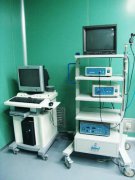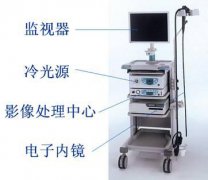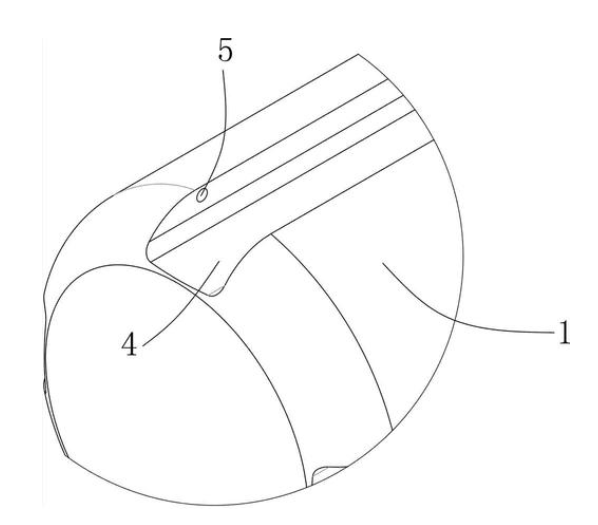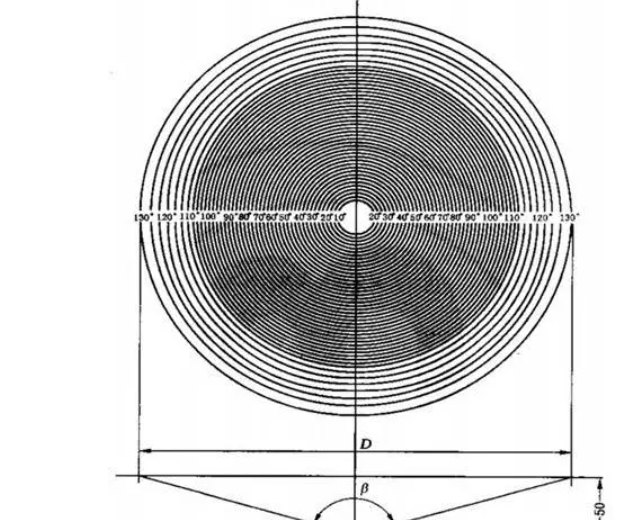Medical endoscope
A medical endoscope is a commonly used medical device composed of a flexible part, a light source and a lens. It enters the human body through the natural cavity of the human body or through a minimally invasive small incision and is introduced into the organ to be examined or operated. , Perform optical imaging, so as to provide doctors with image information for disease diagnosis, and perform surgical treatment with the cooperation of equipment. With the popularization of endoscope minimally invasive technology and the improvement of endoscope processing technology, the application of endoscope has covered gastroenterology, respiratory, general surgery, otolaryngology, orthopedics, urology, gynecology and other departments, becoming an indispensable The lack of medical diagnostic and surgical equipment is also one of the fastest growing products in the global medical device industry.
The endoscope market is vast, far exceeding the ultrasound diagnosis industry
At present, gastric cancer, esophageal cancer and other digestive system cancers have become cancer types with high morbidity and mortality in the world. The early diagnosis of this type of cancer plays a decisive role in the cure of the disease. As a clinically important diagnosis method of the digestive system, endoscopes have been in increasing clinical demand in recent years. Endoscopes have a wide range of clinical applications, including organs or parts of the ear, nose, throat, oral cavity, digestive tract, urethra, bladder, kidneys, joints, and abdominal cavity.
The endoscope mainly includes four parts: hard mirror, soft mirror, equipment and accessories. The rigid tube endoscope can be used for clinical diagnosis and invasive surgical treatment; the soft endoscope is a platform-type product that can be used with under-scope instruments to achieve simultaneous diagnosis and treatment. The diagnostic function is mainly for clinicians to obtain real-time dynamic internal images through the endoscope, and Obtain tissues through appropriate instruments for in vitro testing; while the treatment function requires professional minimally invasive surgical instruments for specific surgical treatment.
In 2015, the global endoscope market has reached 30.2 billion U.S. dollars, with a compound growth rate of 7.17% from 2011 to 2015. It is estimated that by 2019, the global endoscope market can reach 40.6 billion U.S. dollars. According to statistics from the China Medical Device Industry Association, the scale of China's domestic speculum market reached 15.6 billion yuan in 2015, with a compound growth rate of 23.5% from 2011 to 2015. According to this growth rate, in 2019, China's domestic speculum market will reach 36.3 billion yuan, far exceeding the size of the ultrasound diagnostic equipment industry.
At present, the domestic market for soft and hard lenses is basically the same, both at the level of RMB 3 to 4 billion. In general, the flexible endoscope platform is highly expandable and can be matched with under-lens instruments (including minimally invasive surgical instruments, imaging systems, cold light sources, etc.), and has a wide range of clinical applications, while hard-endoscope products are consumables, and the amount is great. Therefore, compared with color Doppler ultrasound, endoscopes have a larger market development space and a faster development speed.
The domestic and foreign endoscope markets are concentrated, and the domestic endoscope market has long been monopolized by foreign capital
At present, companies such as Olympus, Pentax, and Fuji occupy more than 90% of the market share in the domestic endoscope market. Among them, the rigid endoscope market is mainly occupied by German, Japanese and American manufacturers, and the remaining brands account for less than 20% of the market share; flexible endoscopes are a field with extremely high barriers, due to the accumulation of technology in the optical field by Japanese companies Leading level, the global market is basically divided by Japanese companies such as Olympus, Pentax, Fuji, etc., occupying more than 90% of the market share. The domestic market is mainly occupied by these three Japanese manufacturers, and the remaining brands account for only 7.20%. The domestic and foreign endoscope market has a concentrated competition pattern, and the domestic market has long been monopolized by foreign capital.
![]() Phone Number:0755-26943630
Phone Number:0755-26943630![]() Phone Number:0755-26943630
Phone Number:0755-26943630






![]()
